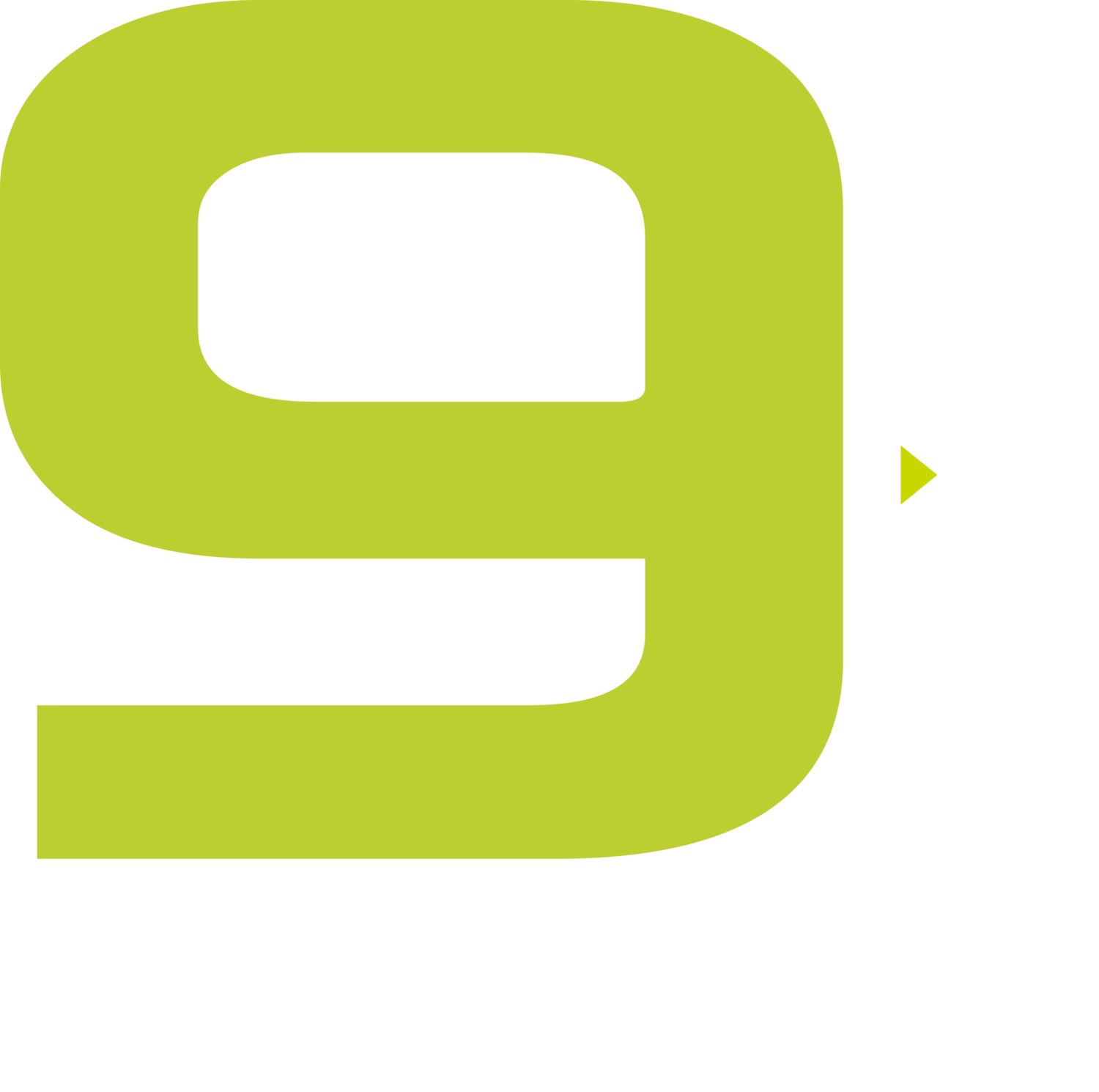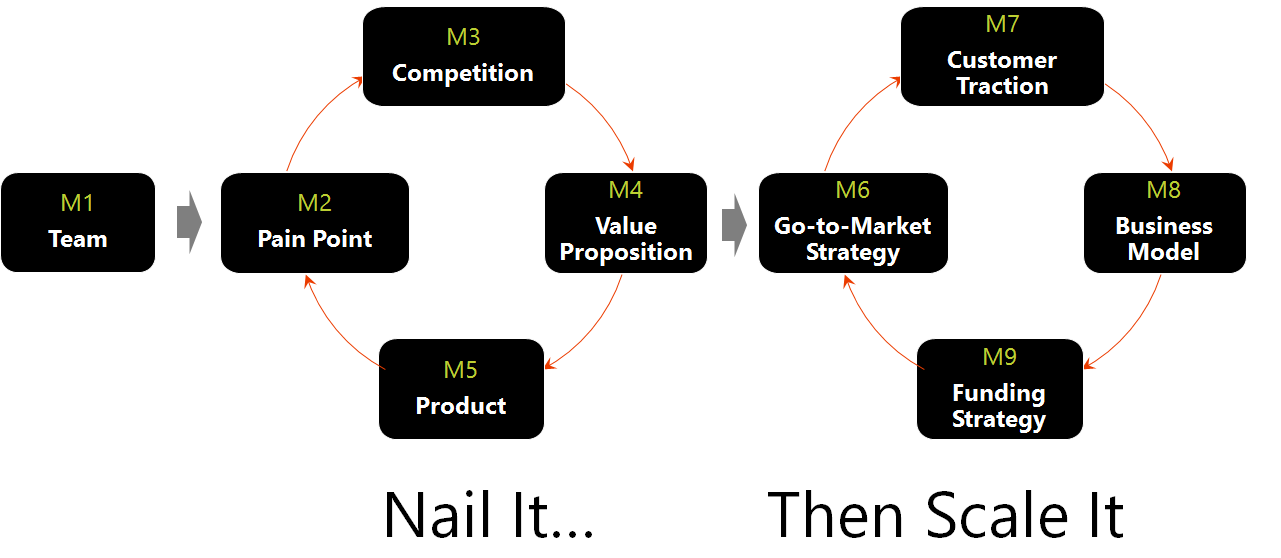In our last blog post, we discussed how we think about evaluating teams as part of The 9Mile Innovation Framework while building a technology company.
This post discusses the most important step entrepreneurs must take as they start a business, i.e., understanding the pain point of their customer.
Who is the customer?
Even before understanding the pain point of the customer, entrepreneurs must first deeply understand who the target customer is. Very frequently, entrepreneurs will say “everyone is a customer.” That is a dead giveaway that these entrepreneurs have not yet spoken to enough customers, or have been building on the idea based on their own assumptions about the customer’s problem. Quite often, the entrepreneur themselves encountered the problem and then made an assumption that every professional like them had the same problem. While there’s nothing wrong with starting off with a problem that you had as a user, the work of building a business doesn’t end there.
Part of the customer identification process is also about getting a sense of how many of those customers are there and how big a business could this be. Let’s say I’m an avid curler and am unable to find other curlers in the Seattle area. Bingo! What about an app that allows me to connect with other curlers?! I talk to my curler friends and they don’t seem interested in paying for the app, but I could sell the eyeballs! But as I start thinking about the number of curlers in Seattle (then broadly the U.S. and North America), the number of times they go curling (without a partner) per year and the cost of a curling session, it doesn’t appear like this is really the next billion-dollar app after all! I might know about the customer and really get their pain point, but in order to build a scalable, repeatable and profitable business, I need a significantly large market.
The art of the “no-sell sell”
So how does an entrepreneur understand a customer’s problem? By talking to customers (thanks Mr. Obvious!). In fact, the most important job of an entrepreneur is to not talk, but to listen. And this is non-trivial. The temptation for an entrepreneur is to share their business idea with the customer and to get the confirmation that they’re indeed on the right track. And being the super-optimists that they are (why else would they be embarking on a fool’s errand such as a startup? J), when the customer so much as nods their heads, they take it to mean that the customer has endorsed the product and is now ready to buy. That, we find, is the fatal flaw in most customer interviews.
However, here’s what’s actually going on in the customer’s head. As soon as the entrepreneur started describing the idea, the customer knows that they’re being sold to. A wall of defense goes up, a fake smile appears and the eyes start glazing over. On the inside, the customer is thinking, let me just give this enthusiastic individual some positive feedback so I don’t burst their bubble, tell them that their idea is interesting and get the heck out of here. Because a number of them feel cornered, once they’re done with the interview, they’re done with the entrepreneur.
There are 3 missed opportunities here. First, the entrepreneur failed to use this conversation to gain an intimate understanding of the problems the customer encounters in her daily work. You’ll be surprised to see the amount of information and stories people will share when you treat them like an expert and let them talk. People love to be put on a pedestal and listened to. And when they know that you really care about THEIR problems, they’re willing to give you a second or a third interview. And that is the second lost opportunity. Instead of building a relationship, the entrepreneur focused on the transaction and will find it hard to get another audience with this customer.
And that is the third and probably the most significant missed opportunity. The entrepreneur has lost the opportunity to turn this prospect into a real customer through the process of “no-sell sell.” Through the process of building empathy with the customer’s pain point, the customer becomes a willing accomplice in the MVP (Minimum Viable Product) development process. As the customer sees their problems being addressed and coalescing into a solution, they’re willing to try it out. If the dialog ceased at the first meeting, there’s no such engagement. Clearly, this engagement must happen in parallel with many customers before a solution is developed around it.
What questions do I ask in a customer interview?
Tactically, there are many resources out there to help entrepreneurs with customer interviewing. A couple of resources that we’ve been recommending to entrepreneurs are
- - This short and conversational 7-odd-minute video by Justin Wilcox
- - This 90-slide deck by Zach Cohn which is actually quite fun and engaging to flip through
Both resources are really good and emphasize the importance of asking open-ended questions and listening to your customers.
Where do I find customers to interview?
One other question that we’re frequently asked is where do you find customers to interview, especially if you’re a B2B startup. If you’re trying to build a solution around a problem you’ve encountered yourself in a business setting, you probably know professionals in your field. If you’re not “pushing” your idea at every opportunity you get, then you’re probably building relationships rather than burning them. One technique to utilize at the end of every interview is to ask the interviewee if they know of someone else that you could talk to about the topic. If they’re assured that you won’t be trying to sell your solution to their friends, they’re much more likely to make those introductions. In addition, as you build your relationships with mentors, coaches and others around you, leverage those relationships to get additional introductions.
How should I prioritize the Pain Points?
As you talk to prospective customers as part of your customer discovery process, you’ll encounter many pain points and certain recurring themes will begin to emerge. There are few techniques around clustering these pain points that we’ll discuss in a future blog post. However, what is clear is that it will be hard for these clusters to show up without a sufficient number of customer conversations.
A maturity model for defining pain point
So how do you know you have done sufficient customer development around pain point? We have a simple rubric to think about pain point. You’re Red if you’ve just started working on the idea based on your own assumptions about the customer’s pain point, but have not yet spoken to enough customers. You’re a Yellow if you have spoken to anywhere from 10-20 (business) customers and have refined the statement of the problem based on their feedback. You’re a green if you have spoken to enough customers so you know and understand the time and money it costs the customer as a result of these pain points.
To summarize, entrepreneurs must understand the importance of getting intimate with their customers and their pain points. Focusing on understanding the pain points eliminates the hesitation that many entrepreneurs have to engaging with customers; what they don’t realize is that they’re doing the “no-sell sell” with this process. Everyone wins as a result of this work!





